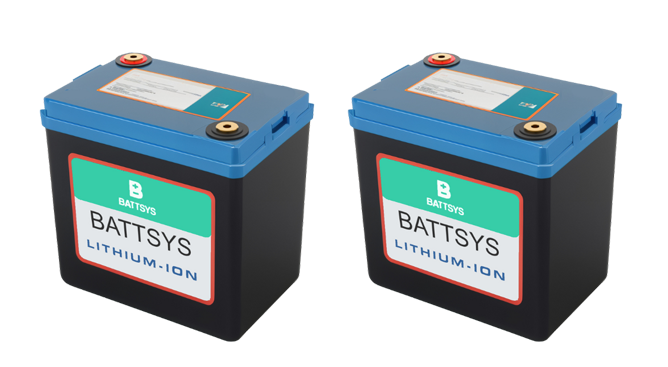What is the difference between the capacity of a lithium battery and its rated capacity!
The difference between lithium battery capacity and battery rated capacity. What is the difference between lithium battery capacity and rated capacity? Battery capacity refers to the amount of electricity stored in a battery. The unit of rated capacity is "mAh", which refers to the capacity that a battery can achieve after being designed and influenced by the battery manufacturing process.
The difference between lithium battery capacity and rated capacity
Capacity is an important indicator of battery performance. The capacity of lithium batteries is usually divided into rated capacity, actual capacity, and theoretical capacity. The capacity of lithium batteries is determined by the capacity of the electrodes, especially the positive electrode material. By improving the performance of the positive electrode material, the capacity of lithium batteries can be greatly increased and the battery volume can be reduced. The capacity of lithium batteries is a crucial indicator in lithium-ion applications. Currently, commonly used methods for calculating and evaluating the capacity of lithium batteries include chemical methods, voltage methods, current integration methods, etc.

Battery capacity:
It is one of the important performance indicators for measuring battery performance, which represents the amount of electricity discharged by the battery under certain conditions (discharge rate, temperature, termination voltage, etc.) (JS-150D can be used for discharge testing), that is, the capacity of the battery, usually measured in ampere hours (abbreviated as A · H, 1A · h=3600C).
The battery capacity is divided into actual capacity, theoretical capacity, and rated capacity according to different conditions. The calculation formula for battery capacity C is C=∫ t0It1dt (integrating the current I from t0 to t1), and the battery is divided into positive and negative poles. The battery capacity is generally calculated in AH (ampere hours), while the other is calculated in CELL (unit plate) watts (W).
Rated capacity:
It refers to the capacity of the motor or electrical appliance indicated on the nameplate that can operate continuously for a long time under rated working conditions. Usually, for transformers, it refers to apparent power, for motors, it refers to active power, and for phase modulation equipment, it refers to apparent power or reactive power, measured in VA, kVA, MVA.
Actual capacity of battery:
Reflects the actual stored capacity of the battery, expressed in Ah ampere hours. The larger the ampere hour, the greater the battery capacity, and the farther the electric vehicle's driving range. During use, the actual capacity of the battery will gradually decrease. According to national standards, newly manufactured batteries with an actual capacity greater than their rated capacity are considered qualified batteries. As for the batteries of electric bicycles on the market now, discharging at a constant current of 5A takes more than 2 hours (120 minutes), which is greater than (2 hours x 5A) 10Ah. Equivalent to driving an electric vehicle continuously on a flat road for more than 2 hours.
What are the capacity aspects of lithium batteries?
1. Nominal capacity
The amount of electricity given by lithium batteries varies under different discharge regimes, and the actual capacity of the battery under this unspecified discharge regime is called the nominal capacity.
2. Rated capacity
When designing and producing batteries, specify the minimum amount of electricity that lithium batteries should discharge under certain discharge conditions.
3. Theoretical capacity
Assuming the capacity of the active substance is fully utilized.
4. Design capacity
The capacity value adopted when designing lithium batteries, taking into account various influencing factors. The design capacity is generally larger than the rated capacity.
5. Actual capacity
The actual output capacity of a lithium battery under specified conditions.
Summary: The capacity of lithium batteries can be divided into rated capacity and actual capacity. The rated capacity of a battery refers to the amount of electricity it should provide when discharged at a rate of 5 hours to the termination voltage at an ambient temperature of 20 ℃± 5 ℃, denoted as C5. The actual capacity of a battery refers to the actual amount of electricity it releases under certain discharge conditions, mainly influenced by discharge rate and temperature.
